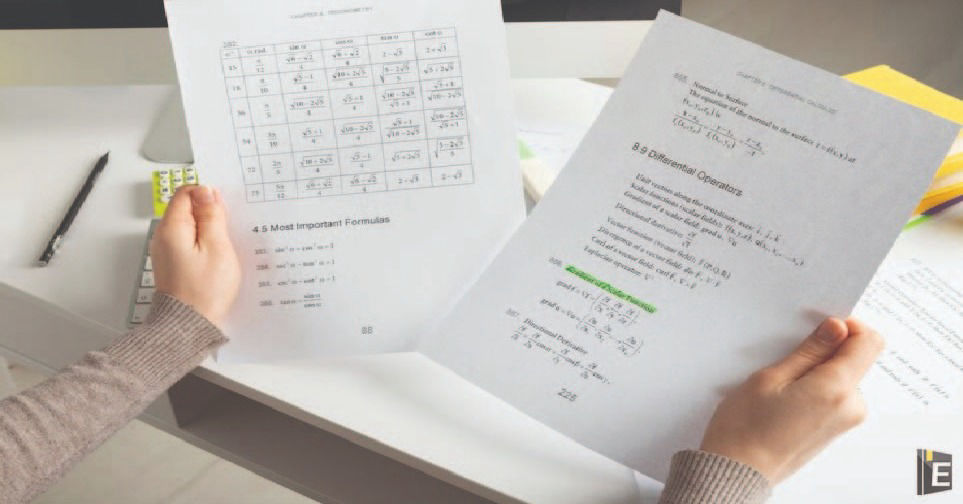General Math Questions for Bank Exams

The interest compounded annually on a sum of Rs. 56000 at a rate of 7% p.a. after 3 years is what percentage of the simple interest on a sum of Rs. 72000 at a rate of 9% p.a. after 5 years?
(A) 32.22%
(B) 34.44%
(C) 35.55%
(D) 37.77%
(E) 38.88%
Correct Answer : E
Explanation :

What is the total compound interest on Rs.45000 for 3 years when the sum is divided into a ratio of 4 : 5 and rate of interest on a small sum is 10% and 20% on the large sum? (Compounded annually)
(A) Rs. 20010
(B) Rs. 24820
(C) Rs. 25630
(D) Rs. 26400
(E) None of these
Correct Answer : B
The difference between the compound interest (compounded annually) and simple interest on a sum of money deposited for 2 years at 5% per annum is Rs. 15. What is the sum of money deposited?
(A) Rs. 6,000
(B) Rs. 4,800
(C) Rs. 3,600
(D) Rs. 2,400
(E) Rs. 3,400
Correct Answer : A
A man invested a certain sum in scheme A at 15% p.a. for 2 years and earned Rs 1950 as simple interest. He increased his sum by Rs. ‘x’ and invested in another scheme B at 10% p.a. C.I. for 2 years and received Rs. 1680 as compound interest. Find the value of ‘x’.
(A) Rs. 1750
(B) Rs. 1500
(C) Rs. 1250
(D) Rs. 1850
(E) None of these
Correct Answer : B
Rahul invested equal sums of money at compound interest under two schemes A and B. Under scheme A, the interest rate was 10% per annum and under scheme B, the interest rate was 12% p.a. The compound interest after two years on the sum invested in scheme A was ₹1,050. How much is the interest earned under scheme B after two years, if the interest is compounded annually in both schemes?
(A) ₹1,722
(B) ₹1,270
(C) ₹1,272
(D) ₹1,372
Correct Answer : C



